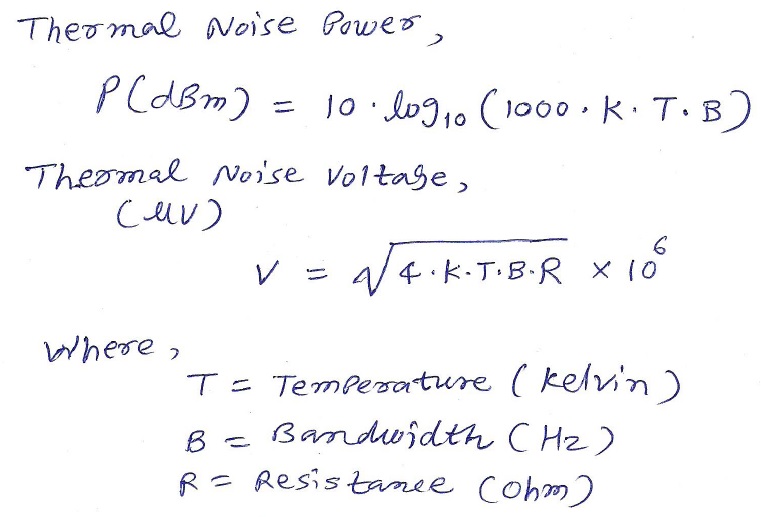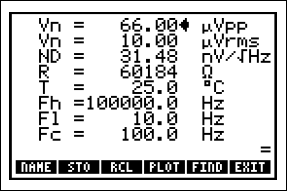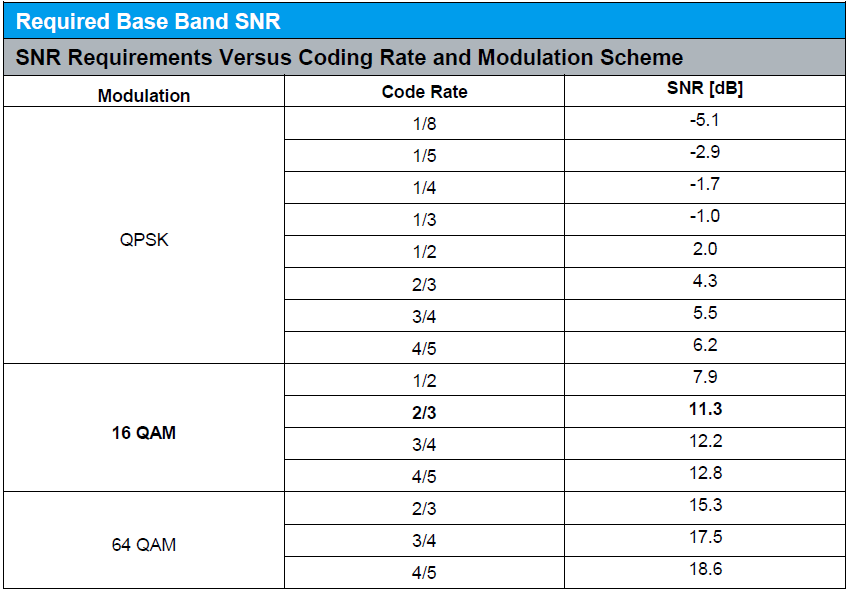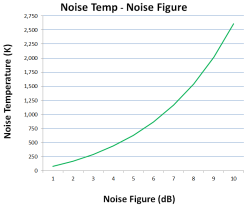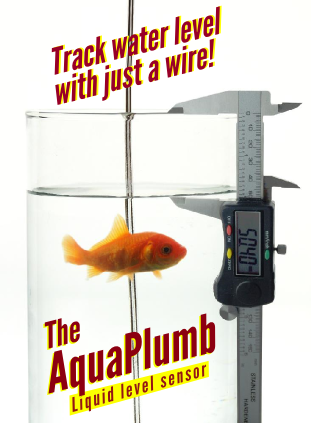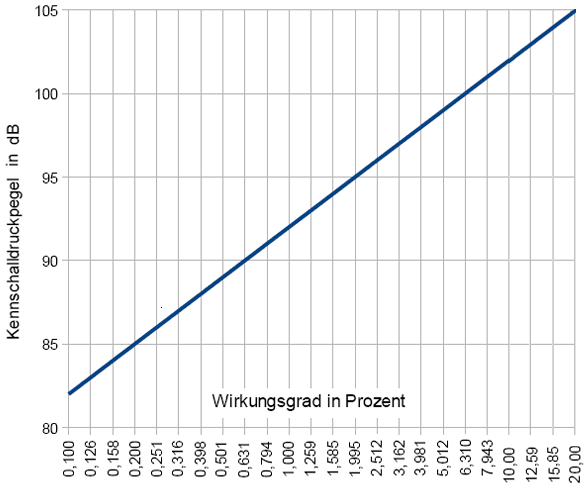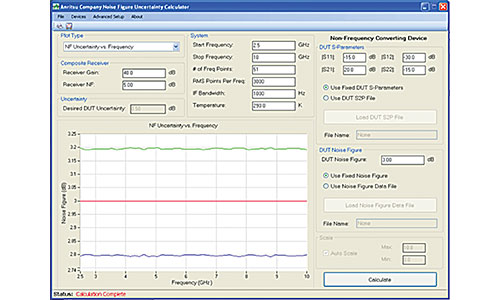Noise floor calculator uncategorized june 10 2018 two birds home 0 what does noise figure signifies give temperature and lora sensitivity calculator factor versus propagation tutorial link budgets spectral density a new adc cascaded thermal.
Thermal noise floor calculator.
The thermal noise floor you measure will depend on the bandwidth of your instrument.
It is measured in noise power units of dbm or watt or noise voltage.
Thermal noise power and voltage equation.
The only way to reduce this noise is to lower the circuit s temperature or minimize the resistance.
Ein means equivalent input noise.
The thermal noise floor only dominates for frequencies greater than some corner frequency.
Thermal noise calculator any circuit element that is above absolute zero will produce thermal noise also called johnson noise.
The thermal noise power depends of the bandwidth and temperature of the surroundings.
The most common impedance is 50 ω.
Enter the temperature and bandwidth and click on calculate to get the thermal noise power.
Thermal noise power calculator thermal noise is a noise that is a result of the thermal agitation of electrons.
This is most commonly calculated for a 1 hz bandwidth as it is easy to scale from here as noise power is proportional to the bandwidth.
Thermal noise calculations for room temperature it is possible to calculate the thermal noise levels for room temperature 20 c or 290 k.
The noise resulting from thermal agitation of electrons is referred as thermal noise.
Thermal noise spectrum is gaussian in shape.
Following equation or formula is used for thermal noise power and voltage calculator.
What this means is that a simple resistor can produce white noise in any amplifier circuit.
Or factoring out the 1000.
To calculate the effective noise power of the thermal noise injected into the system over the frequency of interest then psd is integrated over the band.
For this purpose thermal noise is injected into the system at 290 kelvin.
Noise power is based on the thermal noise power at the input of the system along with system gain and noise figure where multiply by 1000 to obtain milliwatts and then convert to dbm units.
Typical noise figures range from 0 5 db for very low noise devices to 4 to 8 db.
The psd of the injected thermal noise at 290 kelvin as per equation 6 can be calculated to be 174 dbm hz.


